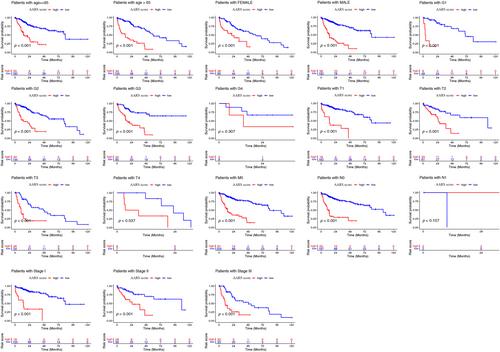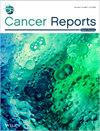A Novel Amino Acid-Related Gene Signature Predicts Overall Survival in Patients With Hepatocellular Carcinoma
Abstract
Background and Aims
Hepatocellular carcinoma (HCC) is an extremely harmful malignant tumor in the world. Since the energy metabolism and biosynthesis of HCC cells are closely related to amino acids, it is necessary to further explore the relationship between amino acid-related genes and the prognosis of HCC to achieve individualized treatment. We herein aimed to develop a prognostic model for HCC based on amino acid genes.
Methods
In this study, RNA-sequencing data of HCC patients were downloaded from the TCGA-LIHC cohort as the training cohort and the GSE14520 cohort as the validation cohort. Amino acid-related genes were derived from the Molecular Signatures Database. Univariate Cox and Lasso regression analysis were used to construct an amino acid-related signature (AARS). The predictive value of this risk score was evaluated by Kaplan–Meier (K–M) curve, receiver operating characteristic (ROC) curve, univariate and multivariate Cox regression analysis. Gene set variation analysis (GSVA) and immune characteristics evaluation were used to explore the underlying mechanisms. Finally, a nomogram was established to help the personalized prognosis assessment of patients with HCC.
Results
The AARS comprises 14 amino acid-related genes to predict overall survival (OS) in HCC patients. HCC patients were divided into AARS-high group and AARS-low group according to the AARS scores. The K–M curve, ROC curve, and univariate and multivariate Cox regression analysis verified the good prediction efficiency of the risk score. Using GSVA, we found that AARS variants were concentrated in four pathways, including cholesterol metabolism, delayed estrogen response, fatty acid metabolism, and myogenesis metabolism.
Conclusion
Our results suggest that the AARS as a prognostic model based on amino acid-related genes is of great value in the prediction of survival of HCC, and can help improve the individualized treatment of patients with HCC.


 求助内容:
求助内容: 应助结果提醒方式:
应助结果提醒方式:


